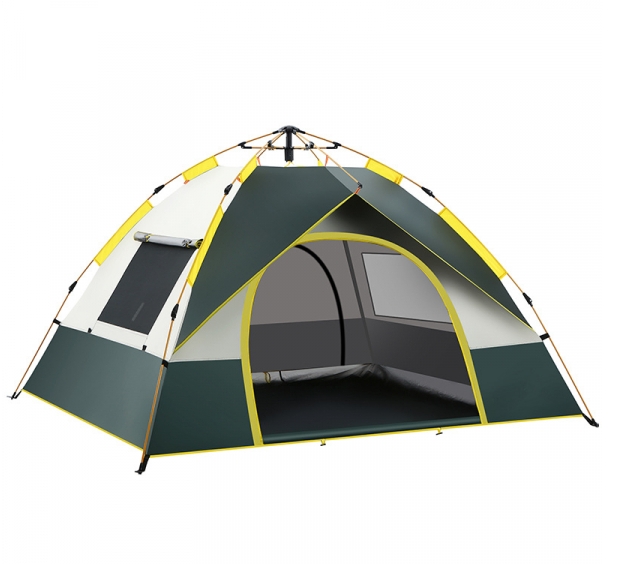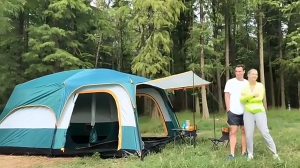News Center+ 查看更多
News Center
+ 查看更多
Venturing Outdoors: Essential Factors in Selecting Camping Tents+ 查看更多
Venturing Outdoors: Essential Factors in Selecting Camping Tents
+ 查看更多
Date:2023-12-22
Choosing the right camping tent is crucial for a successful outdoor adventure. Several key factors determine the suitability of a tent for specific camping needs, ensuring shelter, comfort, and protection from the elements.

1. Tent Capacity and Size
The capacity of a camping tent determines how many individuals it can accommodate comfortably. Tent sizes are often categorized by the number of people it can sleep. However, consider factors like gear storage space or extra room desired when selecting a tent size.
2. Tent Design and Style
Tent designs vary based on intended use and weather conditions. Dome tents offer good stability and are suitable for windy conditions. Cabin-style tents provide more headroom and vertical walls, offering spaciousness but might not be as wind-resistant. Tunnel or hoop tents offer a balance between space and stability.
3. Seasonality and Weather Resistance
Tents are categorized by seasonality—3-season, 4-season, or convertible. 3-season tents are versatile for spring, summer, and fall camping, providing ventilation and weather protection. 4-season tents are designed for harsh winter conditions, featuring stronger materials and robust structures. Convertible tents offer adaptability for different seasons.
4. Tent Material and Construction
Tent materials play a crucial role in durability and weather resistance. Common tent fabrics include nylon, polyester, or canvas. Look for features like waterproof coatings, sealed seams, and durable zippers to ensure water resistance and protection from the elements.
5. Weight and Packability
Consider the weight and pack size of the tent, especially for backpacking or long hikes. Ultralight tents with minimal features offer portability but might sacrifice space or durability. Heavier tents may provide more comfort but could be cumbersome to carry.
6. Setup and Ease of Use
Tents should be relatively easy to set up, especially after a long day of hiking or in adverse weather conditions. Freestanding tents with simple pole systems or color-coded setups simplify pitching.
7. Ventilation and Condensation Management
Proper ventilation is vital to reduce condensation inside the tent. Look for tents with mesh panels, adjustable vents, or rainfly options that allow adequate airflow without compromising weather protection.
8. User Reviews and Recommendations
Consider user experiences and reviews to gain insights into a tent's real-world performance. Evaluating experiences regarding durability, weather resistance, ease of setup, and overall satisfaction aids in making informed decisions.
Conclusion
Selecting a camping tent involves considering various factors like size, design, seasonality, materials, weight, setup, and user experiences. By evaluating these essential aspects, campers can make informed decisions, ensuring they have a tent that suits their specific camping needs, and providing comfort and protection during outdoor adventures.

